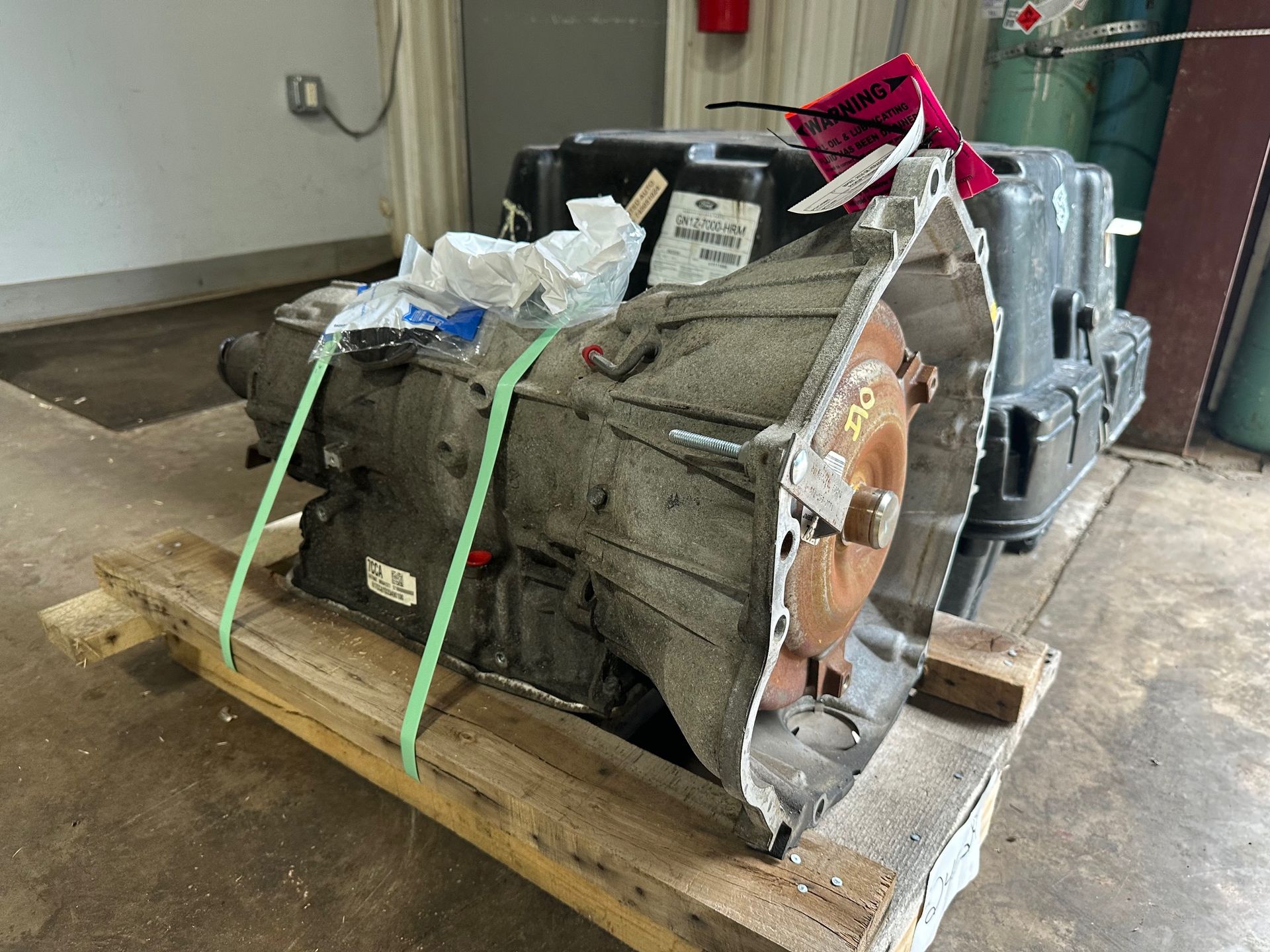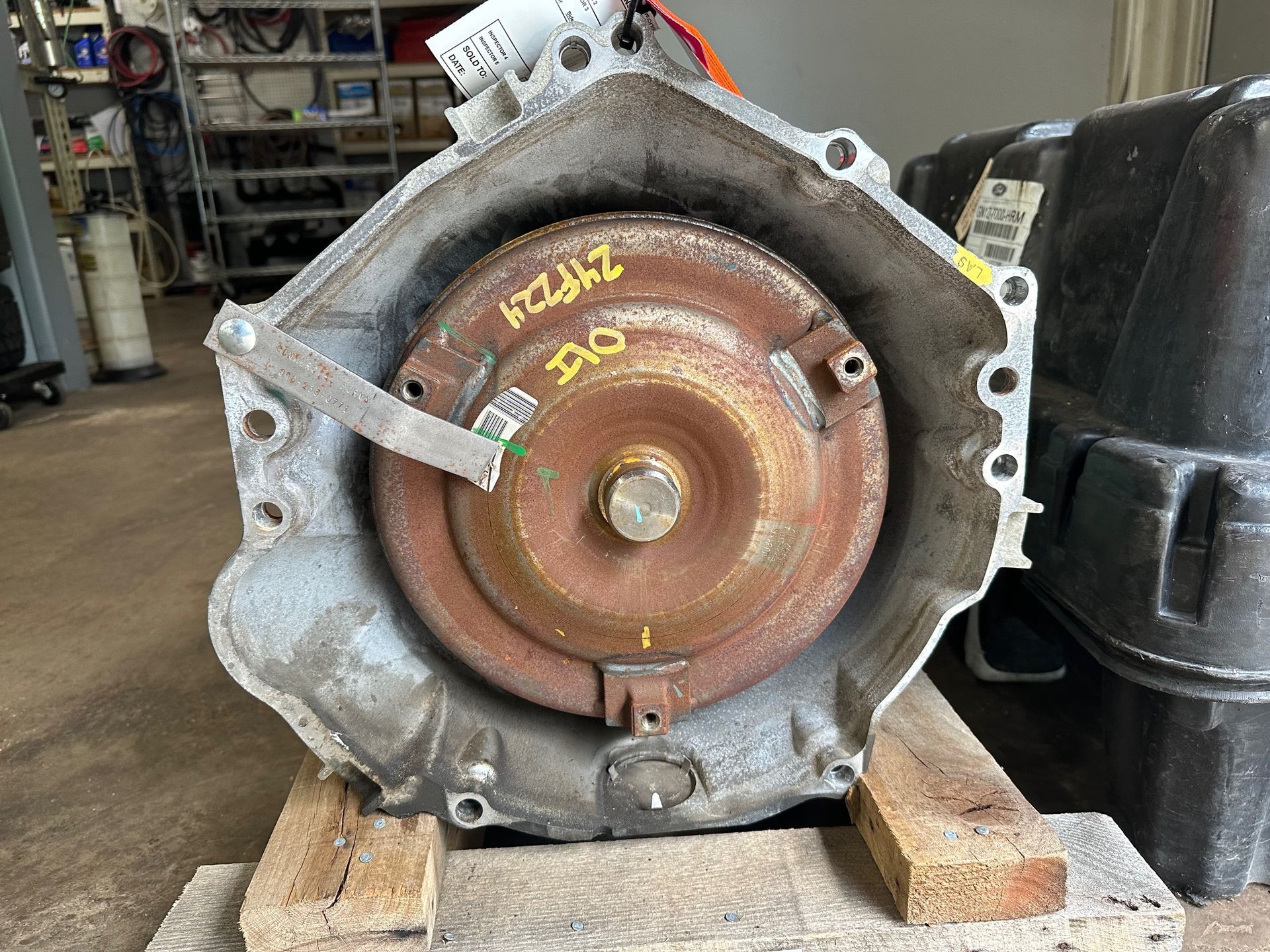
When selecting a vehicle, one important choice is between a Continuously Variable Transmission (CVT) and a traditional automatic transmission. Both have their advantages, and understanding the differences can help you make an informed decision. Let’s explore the key aspects of each type to help you determine which is better suited to your needs.
UNDERSTANDING THE BASICS
A CVT is a type of automatic transmission that uses a system of pulleys and a belt or chain to shift through an infinite number of gear ratios. This allows the engine to run at its most efficient RPM, ensuring smoother power delivery and potentially better fuel economy.

A traditional automatic transmission, on the other hand, uses a fixed set of gears (typically 6 to 10) that shift automatically based on the vehicle’s speed and engine load. This system offers distinct gear changes and a more familiar driving experience for most people.

KEY DIFFERENCES BETWEEN CVT AND AUTOMATIC TRANSMISSIONS
1. Performance and Driving Experience
CVT: One of the standout features of a CVT is its smoothness. It eliminates the noticeable gear shifts found in traditional automatics, which some drivers find appealing. However, CVTs may lack sharp acceleration or responsiveness, especially during aggressive driving.
Automatic: Traditional automatic transmissions offer distinct gear shifts, providing a more engaging driving experience. They tend to be favored by drivers who prefer feeling the car transition through gears, especially in performance-oriented vehicles.
2. Fuel Efficiency
CVT: CVTs generally offer superior fuel efficiency. Since they allow the engine to stay at an optimal RPM range, the car can run more efficiently, making them a better choice for eco-conscious drivers.
Automatic: While modern automatic transmissions have improved significantly in fuel efficiency, they usually can’t match the CVT's ability to adapt to changing conditions and optimize performance continuously.
3. Maintenance and Reliability
CVT: Historically, CVTs were seen as less durable, though recent advancements have improved their reliability. However, maintenance and repairs for CVTs can be more expensive due to their specialized components. Mechanics may also be less familiar with CVT systems.
Automatic: Automatic transmissions have a long track record of reliability and are generally easier and cheaper to repair. Most mechanics are well-versed in maintaining these systems , making them a practical choice for long-term ownership.
4. Cost
CVT: Vehicles with CVTs can sometimes have a slightly higher initial cost due to the newer technology. Additionally, potential repair costs for CVTs may be higher over the vehicle's lifespan.
Automatic: Automatic transmissions are widely available and generally come with a lower upfront cost. Maintenance and repair expenses are also usually lower, making them more budget-friendly over time.
5. Driving Conditions and Use Cases
CVT: CVTs excel in city driving, where frequent stops and starts benefit from smooth acceleration. If fuel efficiency and comfort in stop-and-go traffic are your priorities, a CVT is a great option.
Automatic: If you often drive in varied conditions, including off-road or towing, or if you prefer a sportier driving experience, an automatic transmission may be better suited to your needs.

Pros and Cons
CVT Pros:
- Superior fuel efficiency
- Smooth, seamless acceleration
- Ideal for city driving and fuel-conscious drivers
CVT Cons:
- Higher potential maintenance costs
- Less engaging driving experience for some
- Historically less durable, though this is improving
Automatic Transmission Pros:
- Proven reliability and longevity
- Engaging driving experience with distinct gear shifts
- Generally lower repair costs
Automatic Transmission Cons:
- Less fuel-efficient than CVTs
- Gear shifts may disrupt the smooth driving experience
- Limited adaptability in gear ratios
Which One is Right for You?
Choosing between a CVT and an automatic transmission depends on your driving style and needs. Opt for a CVT if you prioritize fuel efficiency, smooth driving, and do a lot of city driving. If you value performance, prefer the feel of gear changes, and want lower long-term maintenance costs, a traditional automatic transmission might be the better fit.
Both types of transmissions have evolved in recent years, with CVTs becoming more durable and traditional automatics narrowing the fuel efficiency gap. As a result, the choice between the two is more about personal preference and driving habits than a clear-cut answer. Test-driving vehicles with both transmissions can help you decide which one best meets your expectations.
Have more questions about transmissions? We can help! Lou's Car Care & Fleet Services has been proudly serving Baldwinsville , NY, and surrounding communities since 1976. Call us or schedule your next appointment online today!
Let's Connect! Click on the links below to stay in touch with the Lou's Car Care Community:








